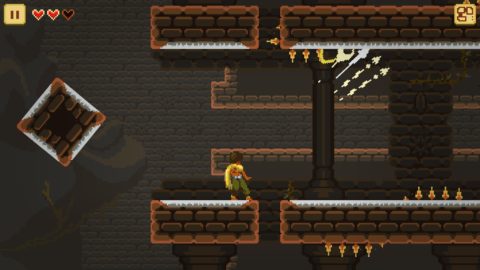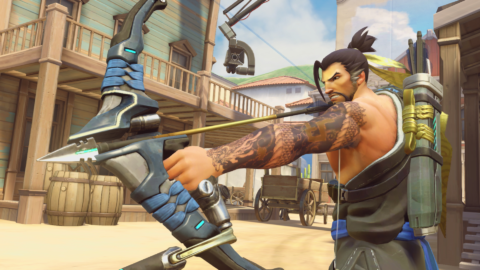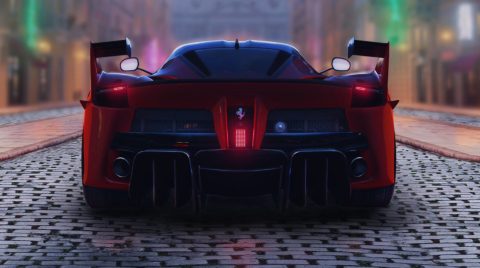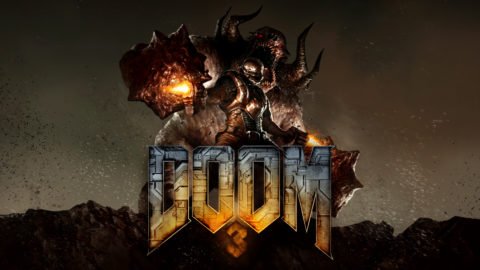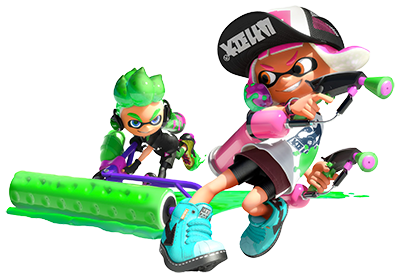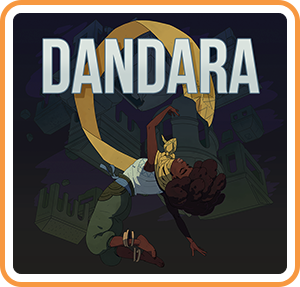
Back in the late 17th century, parts of Brazil were home to runaway slaves who sought to live as free citizens. Some of them settled in a palm tree-filled area in Northwest Brazil called Quilombo dos Palmares, known as Alagoas today. The area’s king, Zumbi dos Palmares, fought against slavery with his people, eventually becoming a symbol of anti-colonialism. By his side was his wife Dandara.
Dandara herself wasn’t just another trophy queen. Like her husband, she strategized and fought for freedom. She believed in liberation so much that when she was captured, she chose death instead of being a slave again.
Real life Dandara may have fallen to oblivion physically, but video game Dandara will live on in her honor.
Hello, video game Dandara
Dandara by Long Hat Games and Raw Fury is an interestingly beautiful Metroidvania platformer. Keen to show off its animation detail, the game starts up with one of the most epic pixelated pouts and a fluttering scarf that’s very satisfying to watch. That’s just the tip of the iceberg, however. The rest of the game is so well-animated that it feels like to privilege just to watch each sprite.
Taking VVVVVV’s topsy-turvy platforming and cranking it up to 12, players can send Dandara standing on any which way on any white-colored platforms. Simply aim your pointer to the nearest platform, and as soon as you press the button Dandara will move. On long stretches, you can simply hold your stick in one direction and it will automatically point towards the next platform. The screen also automatically reorients itself when needed, helping you find your way without having to wrestle with directional differences.
Dandara’s unique movement scheme stems from the fact that she’s a mystical creature borne out of people’s pleas for freedom. She gains consciousness while floating, and her ability to bound from one wall to another is her way of defying gravity. This also means that she can’t walk forward or backward like bipedals do, making it a bit tricky to avoid enemy attacks. But thanks to the game’s movement mechanic, you can enjoy the thrill of dodging a la Superhot but without having to slow time.
Thankfully, she’s not completely helpless against the Eldarian Army. Her initial offensive skill is a four-way shot that takes a second to charge. Even though its range is deceptively short, it can easily take care of multiple enemies with its piercing capability. Just make sure to mind your distance because some enemies can hit you while charging up your shot. And unfortunately, there’s no way to just pop quick shots.
To help Dandara in her journey, there’s an upgrade system in place that costs Salt to utilize. Enemies, wooden crates, and random spirits all give out Salt, which acts as the game’s currency. Each upgrade level increases the Salt price, and prices are the same across all four upgradables: maximum health, maximum energy, increased health refill efficiency, and increased energy refill efficiency.
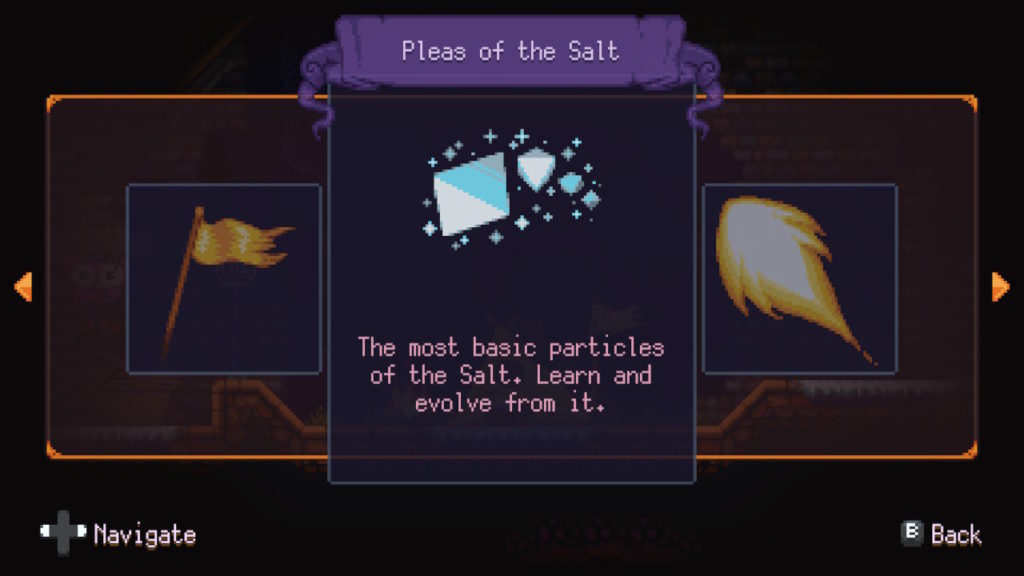
Needs more salt.
Once the charm of the beautifully animated visuals wears off, the tedium of its Metroidvania nature sets in. Anyone who has played a game in the similar vein before knows that backtracking is a big part of the game. Sections of the game are closed off and accessible only with the right item or upgrade. Most of the time, these off-limits sections are tucked to the far reaches of the initial area, signifying that you’ve gone too far than what you can currently handle. Dandara, on the other hand, holds no punches in showing you these areas early. As a result, it’s easy to feel as if you’re going aimlessly in circles very early on.
Checkpoints, which are called campsites, are also far and few in between. Deaths are more common with the default three hearts, which means that you will be returning to the campsite frequently. Aside from the healing item, the only way to regain health completely is to go back to (you guessed it) the campsite. This is also the only place to perform upgrades, provided that you don’t lose all of your Salt along the way.
The salt gets diluted.
Deaths, for the most part, are fairly negligible with their consequences. Sure, it’s mildly irritating to have to find your way back, but thankfully the game saves your map progress. The biggest annoyance, however, is how the game handles lost Salt. Recovering them is manageable for the most part – simply make your way back to where you died. Easy, right? Unless, of course, you die at the hands of a multi-phase boss. Say goodbye to your hard-earned Salt because Dandara’s soul will never show up in that instanced battle.
This wouldn’t be so bad if Salt drops weren’t so scarce from the small amount of enemies in each area. And if you do encounter a mob of enemies, Dandara’s longer-than-necessary wind up for her shots will get her hit at least once. Enemy respawn is also not as simple as exiting and re-entering the area, so you really have to cycle your way through numerous areas just to fight them again. Finding out that your shots can’t go through walls while enemies and their projectiles don’t help the situation.
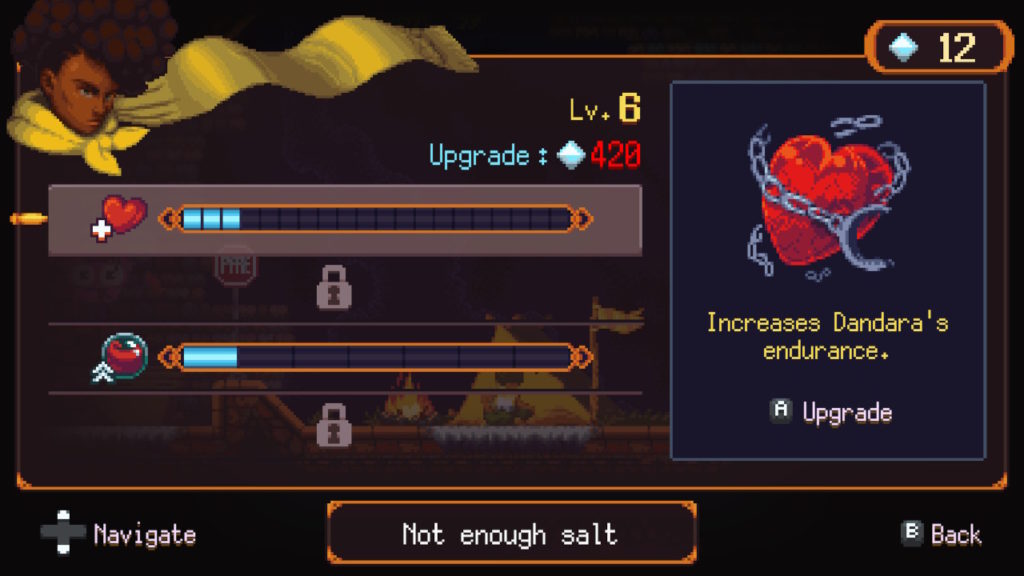
And in a rather strange implementation, upgrade costs depend on the total number of upgrades already done, regardless of whether they’re spread across each augmentation or not. Which means that by the time you feel comfortable upgrading something else, it will cost an arm and a leg. It doesn’t matter if you’re upgrading something from level one because that cost is universal.
Time to bring it home.
If upgrades are expensive and exploration is tedious, what is else is there to enjoy? Well, lots of things, really. For one, the sprite animations are so nuanced you’d have to look at them closely to see the detail. The different environments appear as if they all have a story lurking beneath them, just waiting for the right moment to reveal themselves to you. And the music, which may seem unremarkable at first, evokes a sense of curiosity as you hop from one wall to the next. Everything is calculated to ensure that nothing takes more of the spotlight than the others.
Even though the flaws sound more severe than reality, you should never let them dissuade you from playing Dandara. From the beautiful art style to fun wall jumping mechanics, spending time with our heroine is always a worthwhile endeavor. You’re helping her free the creative citizens against the oppression, and nothing can be more honorable than that. It’s a fitting tribute for a brave soul, both digitally and historically.
